If you’re someone who deals with anxiety on a daily basis, you will agree that anxiety often seems like an unwanted guest. It burdens you and makes it difficult to be at peace with yourself. But what if I told you that there was a really nice and effective method to deal with such tumultuous moments? I’m talking about the butterfly hug method.
The butterfly hug technique is considered to be a gentle and effective means of calming anxiety. With its roots in trauma therapy, this method has earned recognition for its capacity to offer solace and alleviate distress.
In this article, we are going to explore the butterfly hug method in detail, discover its benefits and learn how it can be practiced as well as identify the caring spirit behind its invention.
Related: 15 Effective Reminders For Anxiety That Will Help Comfort You
What Is The Butterfly Hug Method?
Imagine a simple gesture that calms you down by providing some assurance like a small butterfly landing on your shoulder gently.
That is exactly what the Butterfly Hug Method is. It is a self-soothing approach designed to reduce anxiety and enhance emotional well-being. It draws from bilateral stimulation that is widely used in the healing process of trauma patients.
This method calls for the rhythmic tapping or patting between shoulders using both hands alternately. Basically, you hug yourself. This movement stimulates both sides of the brain so as to enable you to process challenging emotions better.
The butterfly hug method for anxiety is one of the best things to exist for people regularly dealing with distressing emotions and overwhelming feelings.
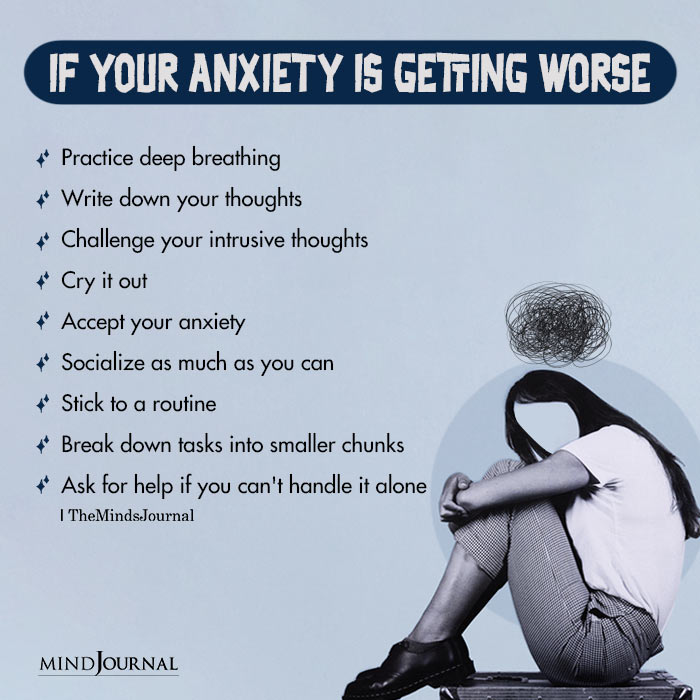
Butterfly Hug Method Psychology
The butterfly hug method is a gentle and effective psychological tool for coping with anxiety. Imagine being overwhelmed by stress at work. Instead of succumbing to anxiety, go somewhere quiet, fold your arms over your chest and start tapping gently on your shoulders.
The repetitive motion of the taps sends signals to both parts of your brain so that it can process thoughts and emotions which trigger anxiety better. This helps you find peace within yourself making it possible for you to address the situation with clarity and confidence.
Another example of butterfly hug method psychology would be when you feel nervous about delivering a presentation. Use the butterfly hug method as part of your routine when you become anxious. By synchronizing your arms while thumping your shoulders, there is physical contact taking place within yourself which assures and comforts you.
This action provides self-relaxation that is helpful in affecting emotional regulation whereby anxiety diminishes in intensity; therefore, increasing composure as well as confidence during presentations.
By embracing this technique in your day-to-day activities, you’ll gradually become more resilient, mentally and emotionally. You will find it easier to overcome your fears and deal with the negative emotions trying to cause chaos in your mind.
Who Came Up With It?
The butterfly hug method was developed by EMDR therapists and psychologists, Dr. Lucina Artigas and Ignacio Jarero in 1997. They initially implemented the method on the survivors of Tropical Cyclone Paulina in southern Mexico, and observed that it really worked in alleviating anxious feelings in them, especially children.
By drawing on her extensive experience in trauma therapy, Dr. Artigas understood how powerful bilateral stimulation could be for mending emotional wounds. Hence, she wanted to empower people with practical tools that would help them cope more efficiently with their anxious thoughts and feelings.
Related: How To Deal With Anxiety: 3 Simple Steps To Cope
How To Perform The Butterfly Hug?
Now that we have talked about how good the butterfly hug method for anxiety is, let’s learn how to perform this technique.
- First, find a comfortable position. Whether you are sitting or standing, ensure that you maintain a relaxed posture while feeling secure and comfortable at the same time.
- Cross your hands gently across your chest like you are giving yourself a warm and soothing hug.
- Using both your hands, tap or pat your shoulders alternatively. They should be soft, even, and comforting in their rhythm.
- While you tap, take long, deep breaths. Feel the rhythm as well. Concentrate on the touch sensation produced by tapping and its calming effect.
- Perform the butterfly hug method for two or three minutes until you feel your anxiety going down noticeably.
Keep in mind that this method must be gentle and you shouldn’t put too much pressure on yourself for it to work.
6 Benefits Of The Butterfly Hug Method For Anxiety
1. You feel relaxed instantly.
The rhythmic tapping motion activates the body’s relaxation response, which makes you feel calm and relaxed, by reducing the intensity of your anxious thoughts.
Therefore, you feel soothed instantly, and find it easier to deal with stressful situations, and gradually re-establish inner peace within yourself.
2. You feel more grounded and centered.
When you practice the butterfly hug method for anxiety, you help yourself feel more rooted in the present moment. It grounds you against unwanted thoughts and worries and enables you to reconnect with your body.
It also centers you, and serves as an important tool for overcoming your anxiety by helping you achieve emotional stability and internal balance.
3. You feel more mindful with time.
It emphasizes being fully present in the moment through concentrating on the gentle tapping, and the rhythmic movement, till you’re completely aware of everything without being too hard on yourself.
This helps you being more self-aware in the long run, which trains you to be less reactive to your anxiety triggers.
Related: The 4 R’s of Managing Anxiety
4. You develop better emotional regulation skills.
By practicing the butterfly hug method, your emotional regulation skills get intensified due to bilateral stimulation of both your brain hemispheres. This helps you to understand and process your feelings more efficiently.
It also empowers you to manage your own emotional responses thereby making you more emotionally and mentally resilient in the long run.
5. You learn to be kind and compassionate towards yourself.
Self-criticism and negative self-talk are often associated with anxiety. One of the biggest benefits of the butterfly hug method for anxiety is that you start treating yourself with a lot of compassion, which you didn’t really do before.
This method of self-soothing allows you to develop a sense of compassion and self-care. Looking at things from this angle helps you be more understanding and supportive towards yourself.
6. You start to sleep better.
Not being able to sleep properly or having an erratic sleep schedule must have become very common for you. But the good news is, trying this gentle technique can help you relax before bedtime; you will feel calmer and notice that you are sleeping more peacefully.
Conclusion
In a world full of stressors and emotional triggers, the butterfly hug method reminds us that inner peace and tranquility is indeed within our reach. As you embrace this simple yet transformative technique, remember to be kind to yourself and nurture your emotional well-being.
Related: How to Reclaim Your Power Absorbed by Anxiety: 5 Ways
By tapping into the power of the butterfly hug method, you will be able to navigate the challenges of anxiety with grace, compassion, and a renewed sense of peace.
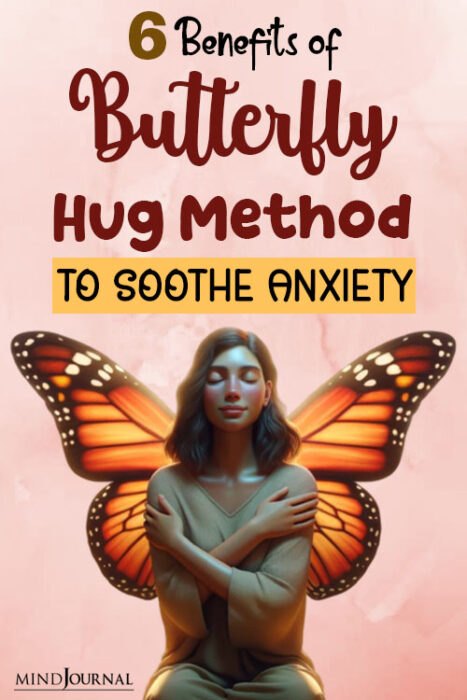
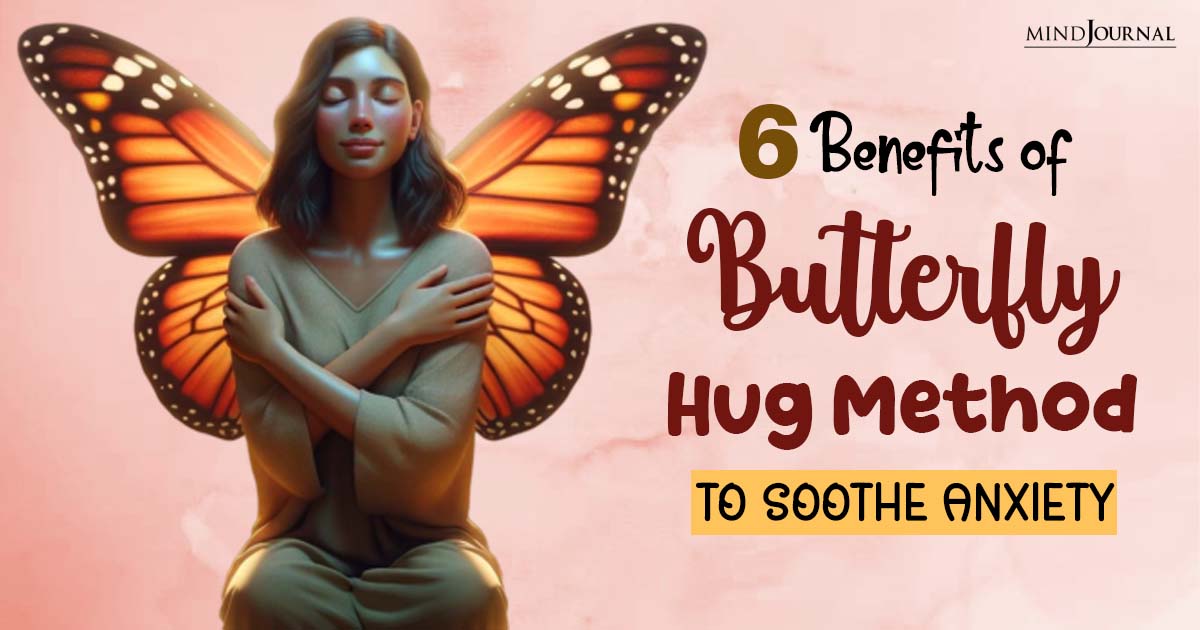
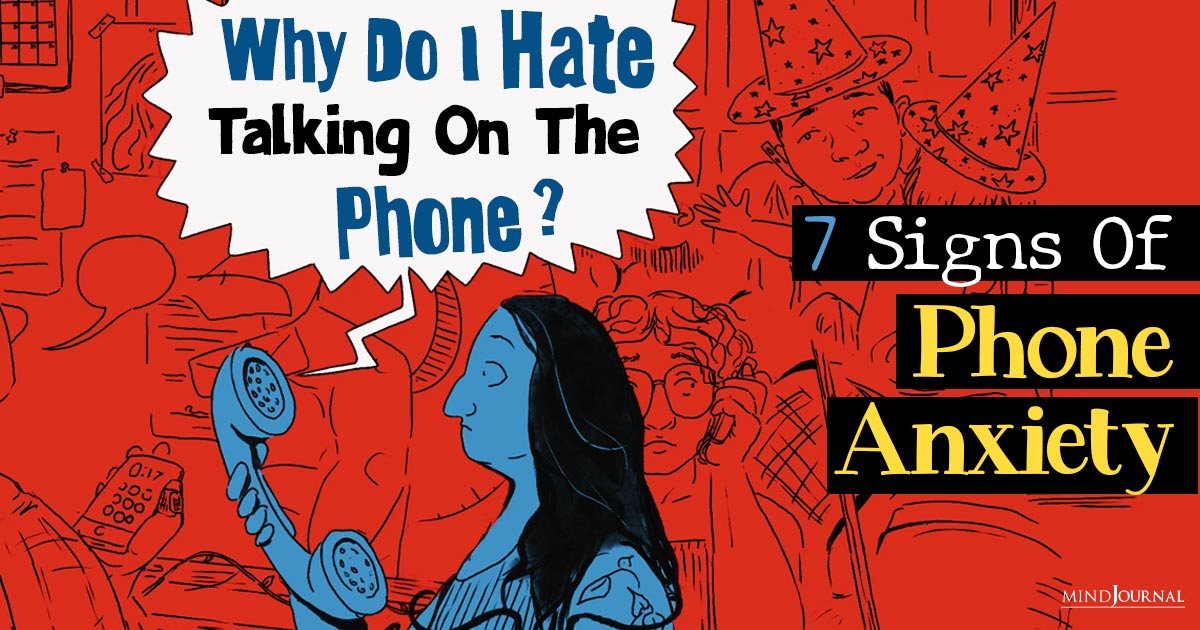
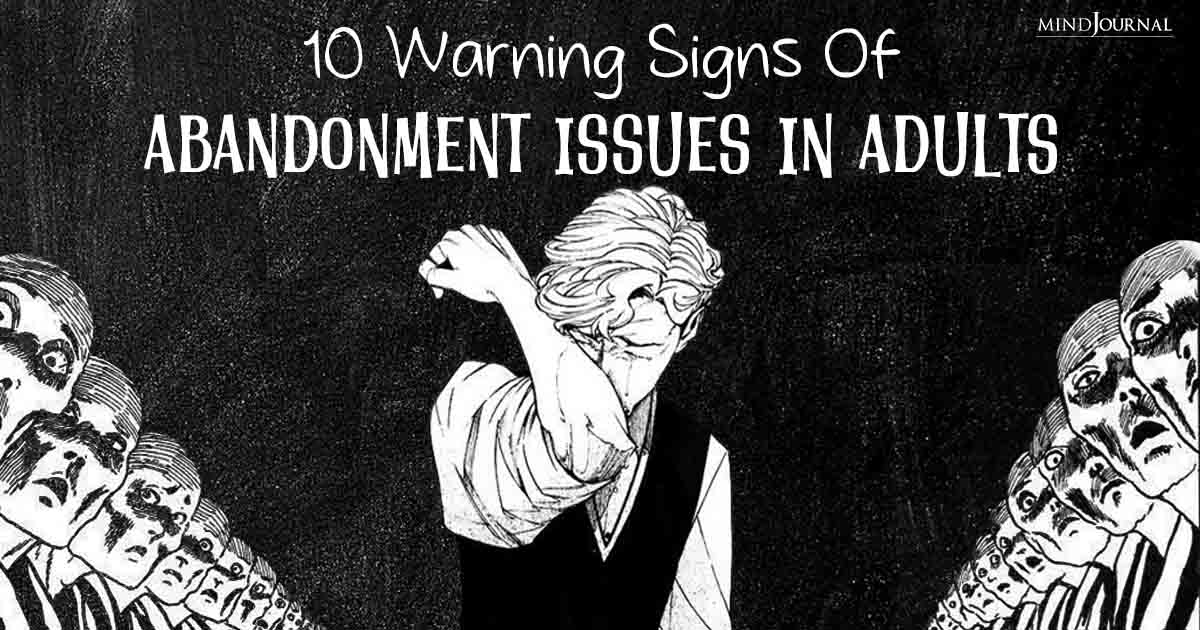
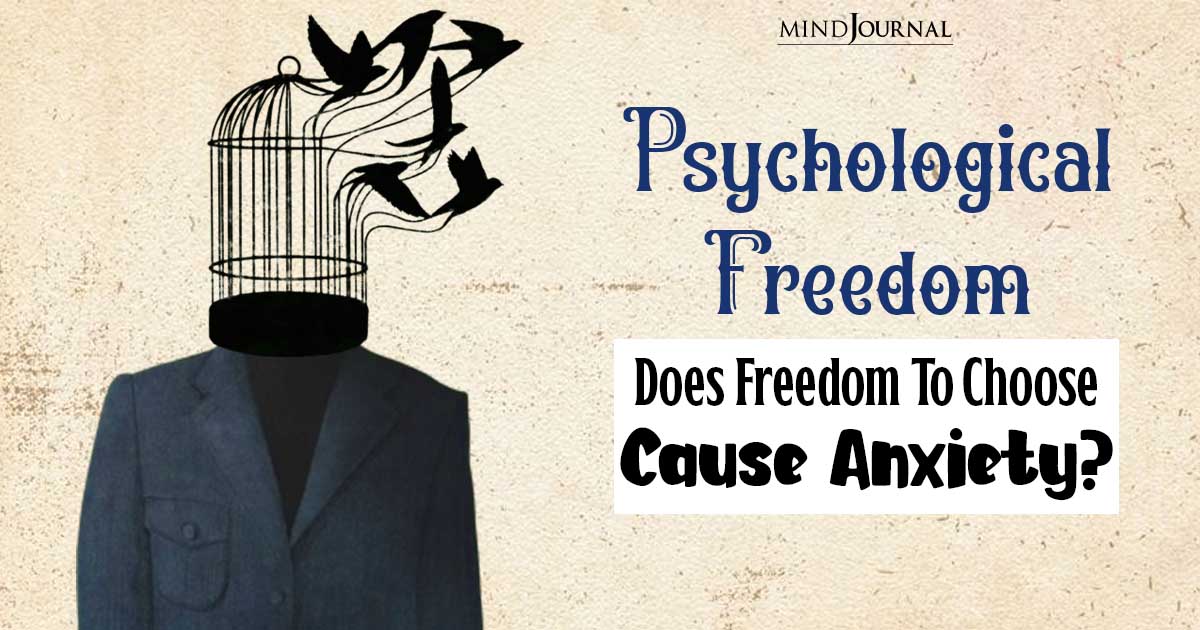
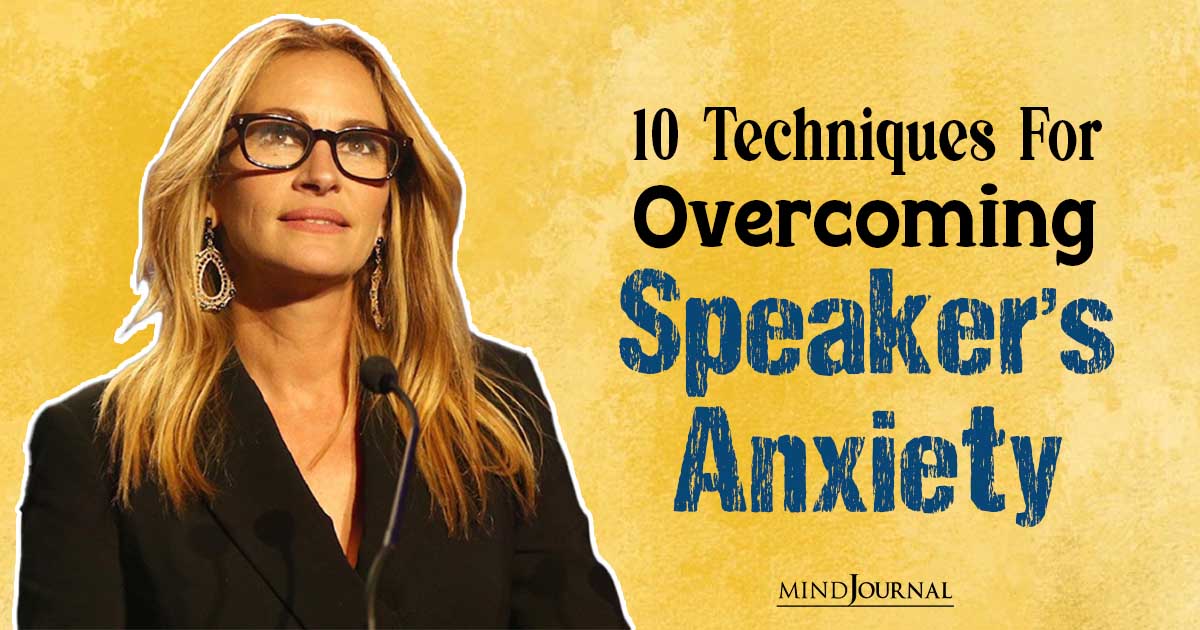
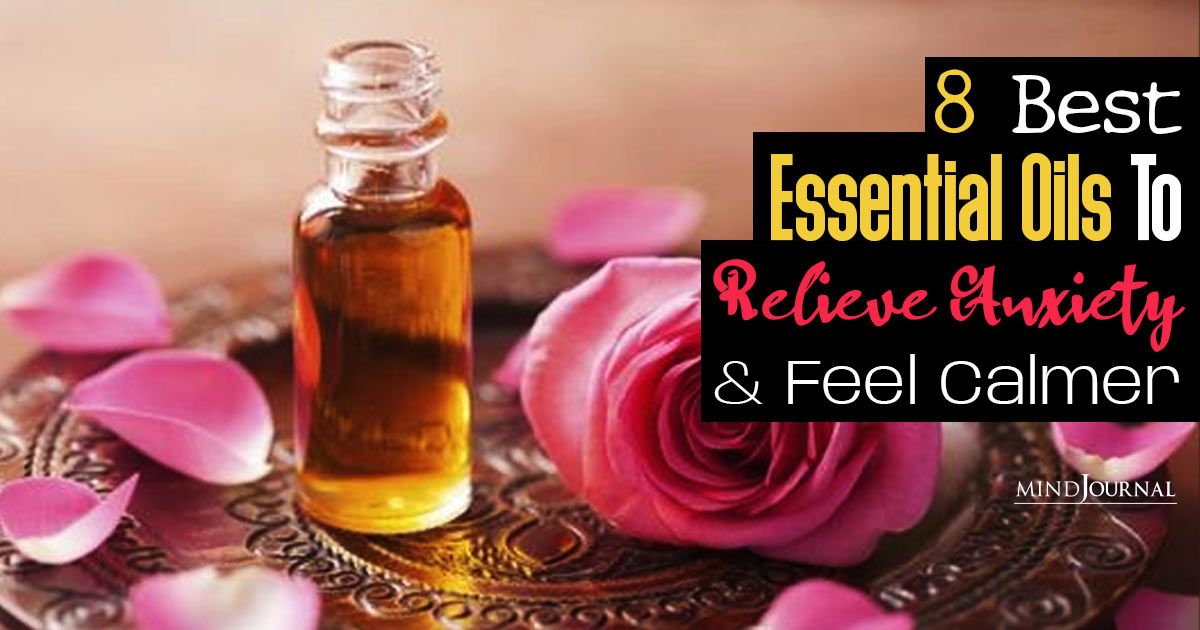
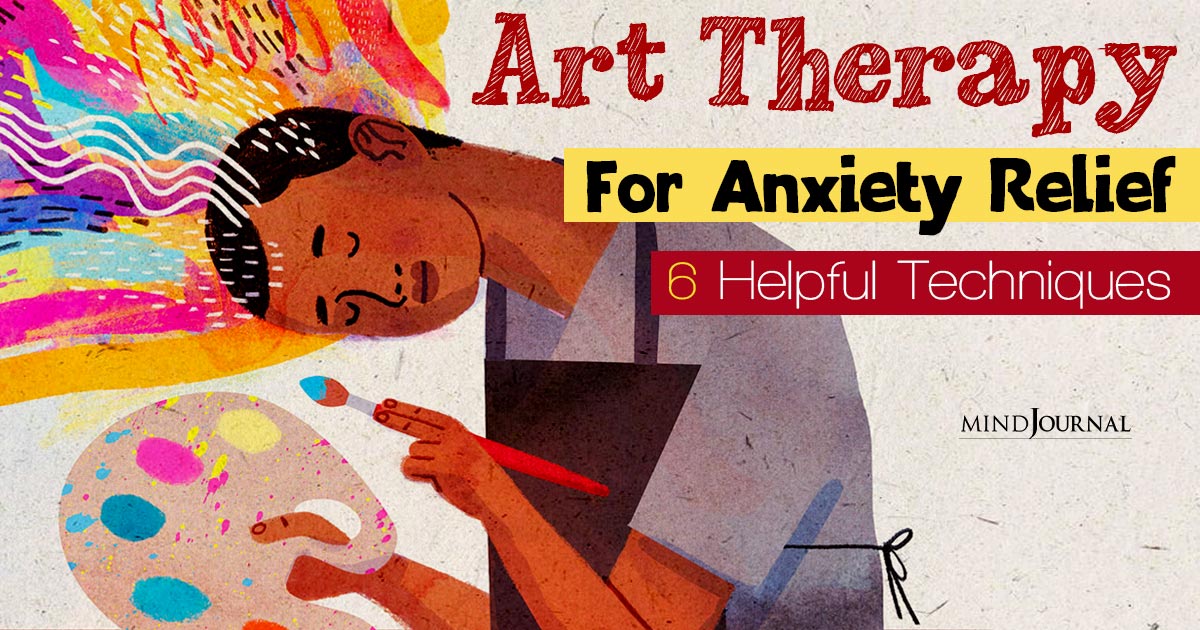
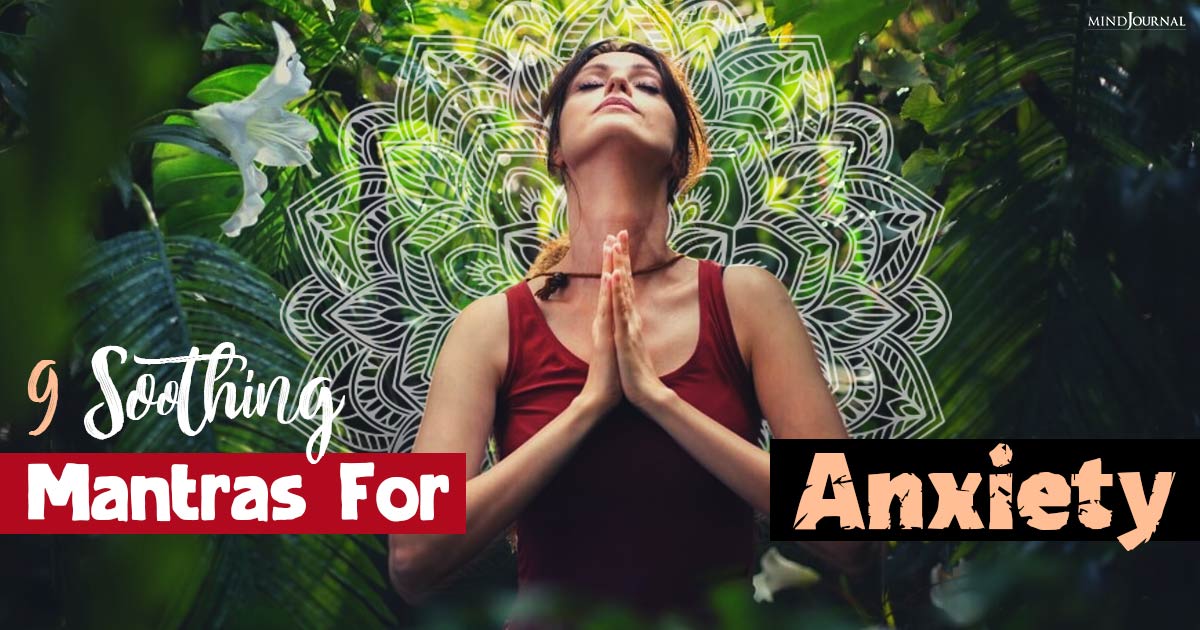
Leave a Reply
You must be logged in to post a comment.